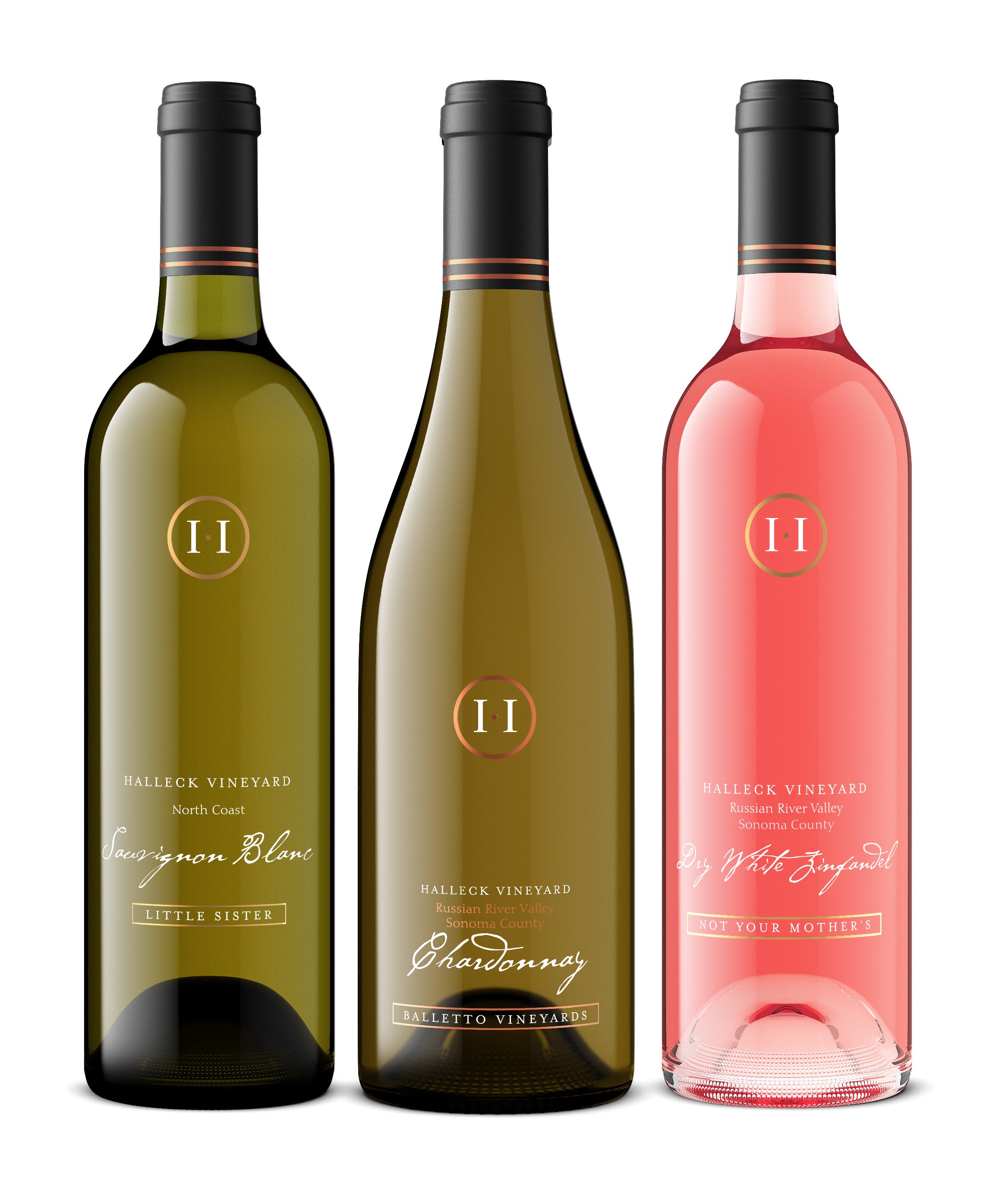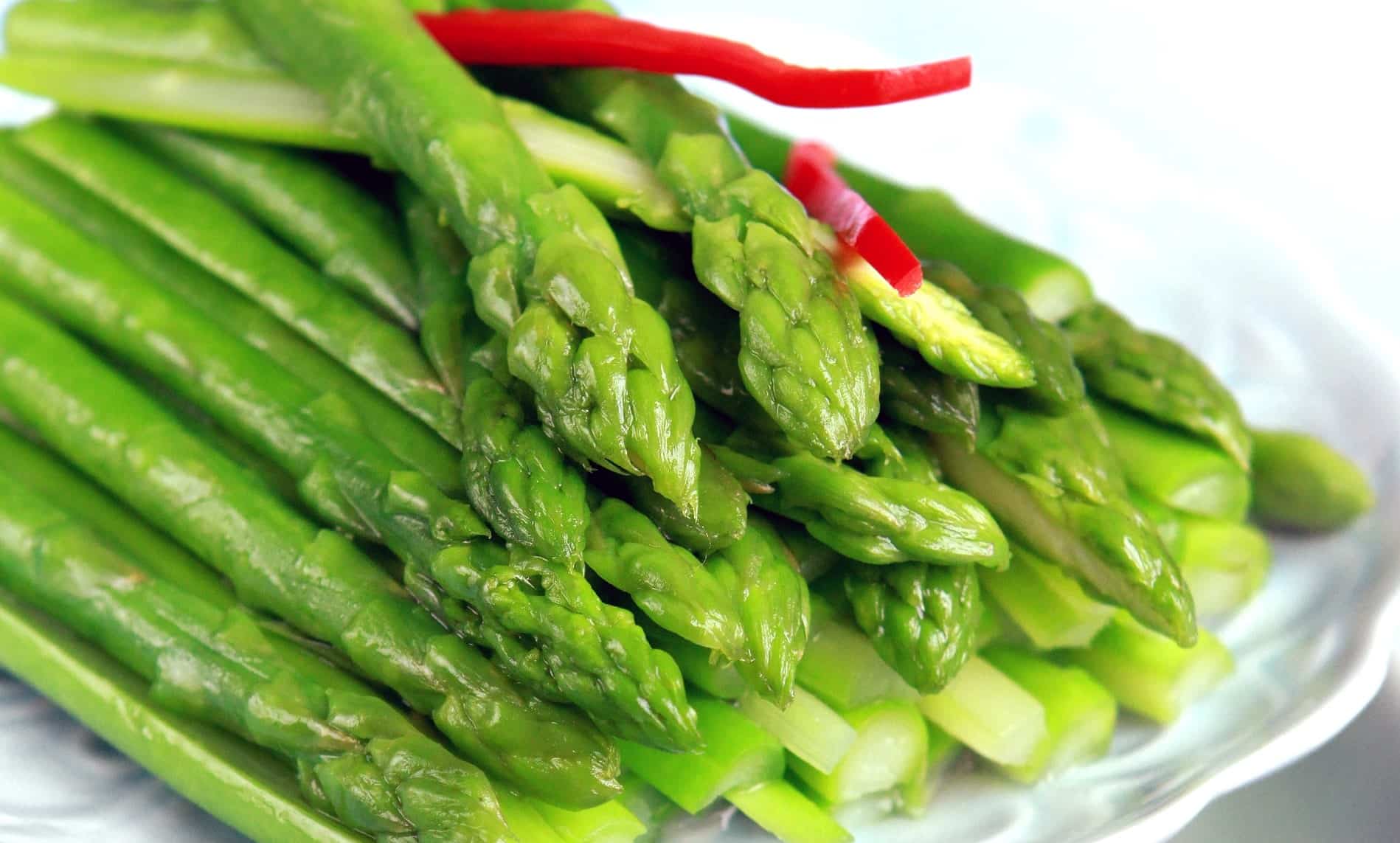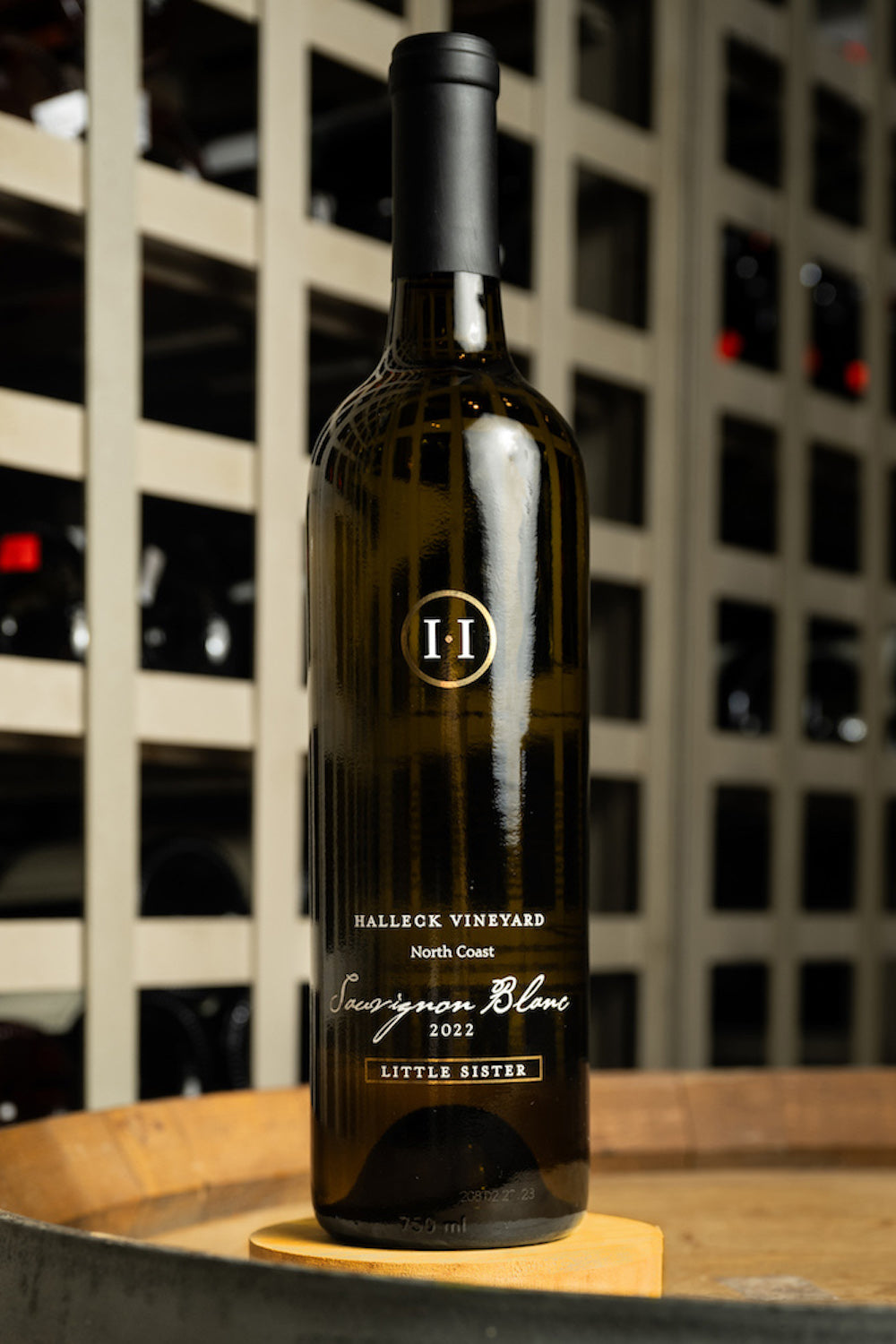Intimate Wine Tasting Experiences In Sonoma - Iconic Wineries Of Sebastopol
Intimate Wine Tasting Experiences In Sonoma - Iconic Wineries Of Sebastopol
Blog Article
Wine Tasting Tours In Russian River Valley - Wine Tasting Activities In Sebastopol
Wine tasting is an art that requires practice and an understanding of assorted aspects involved in the process. One crucial factor of wine tasting is the event and interpretation of tasting notes, which serve as a guide for both novices and seasoned connoisseurs. A Guide To Understanding Winery Wine Tasting Notes can improve your wine-tasting experience, making it more significant and pleasant.
Tasting notes are concise descriptions that seize the essence of a wine’s flavors, aromas, and general character. Normally composed by professional tasters, winery tasting notes offer insights into the nuances of assorted wines. They may help wine enthusiasts perceive what to expect from a particular bottle. Nonetheless, tasting notes can vary broadly in style and detail primarily based on the writer's experience and palate.
Romantic Winery Destinations In Sebastopol - Sebastopol Wineries
When you first method a glass of wine, your senses will start to interact right away. The sight, odor, and taste of the wine will converge to provide you a whole experience. Tasting notes usually start with the visual assessment, where the color of the wine is taken into consideration. Colour plays a major function in indicating the wine’s age, grape variety, and even its flavor profile.
After assessing the visual facet, the subsequent step entails swirling the wine in the glass. This motion aerates the wine, allowing its aromas to awaken. Smelling the wine offers important insight into its complexity. The preliminary sniff can ship a flood of scents which will embody fruity, floral, natural, or earthy notes. This is commonly essentially the most subjective a part of tasting, as individual experiences can dramatically differ.
In winery tasting notes, descriptors are sometimes categorized into main, secondary, and tertiary aromas. Primary aromas usually stem from the grape variety, secondary aromas derive from fermentation processes, and tertiary aromas arise from getting older. Understanding these categories might help you recognize the depth of a wine, they usually additionally give you the vocabulary to precise your experience better.
Wineries With Unique Varietals - Wineries With Stunning Views In Sonoma
Following the olfactory encounter, your focus will shift to the style of the wine. This is the place the primary characteristics—sweetness, acidity, tannins, alcohol—come into play. Tasting notes often element these flavors in a number of dimensions, including the preliminary attack on your palate to the lingering finish in your tongue. A high-quality wine will current a harmonious steadiness between these factors.
Whereas tasting, it is important to ponder the body of the wine, which could be described as light, medium, or full. The body contributes significantly to your general impression, helping you consider how the wine pairs with food or whether or not it stands alone as a sipping wine. Balancing the body with the opposite traits will provide you with a fuller understanding of what the wine has to supply.
The finish of the wine, additionally known as the aftertaste, is another important facet often included in tasting notes. A long, pleasant end often indicates the next quality wine, whereas a brief or cloying aftertaste might counsel in any other case. Evaluating the finish can offer additional perception into the wine's complexity and distinction.
Understanding the context of winery tasting notes is also priceless. Tasting notes can present contextual details about the vineyard's location, climate, and grape-growing practices. This context adds another layer of appreciation for the wine, permitting enthusiasts to connect the sensory experience with its origins, thus enhancing the enjoyment further.
Eco-Friendly Wineries In Sonoma County - Sonoma's Finest Wineries
Many wineries present tasting notes on their websites or labels, usually written in an approachable but informative style. Nonetheless, not all winery tasting notes are created equal. Some may be overly technical, while others may prioritize advertising aptitude over insightful evaluation. Studying to navigate these notes can arm you with the data to make knowledgeable choices when choosing wines.
Taking Part in tastings at wineries can also deepen your understanding of wine tasting notes. Interacting with educated staff may give you a more hands-on method to exploring totally different wines and the language used to describe them. Wineries Offering Off The Beaten Path Experiences. You Will have the opportunity to ask questions, have interaction in discussions, and potentially refine your palate in actual time.
Experimentation is important for mastering wine tasting notes. As you sample completely different wines, attempt making your own notes. Focus on describing the wine’s color, aroma, style, and end. Over time, you’ll develop a private vocabulary that resonates together with your sensory experiences. Each note you create will help refine your palate, allowing you to understand wines at a deeper level.
Wineries Specializing In Sparkling Wines - Sonoma Wine Region Vineyards
In conclusion, a Guide To Understanding Winery Wine Tasting Notes presents a comprehensive framework for diving into the world of wines. It equips you with the strategies and language essential to articulate your experiences. Whether Or Not you are a informal drinker or a dedicated aficionado, understanding and using tasting notes can profoundly impression your wine journey. This data not solely enhances your enjoyment but additionally connects you deeply with the wealthy narratives every bottle tells. By embracing this journey, you become part of the beautiful mosaic of wine tradition, where every sip unveils a brand new story waiting to be discovered.
- Wine tasting notes sometimes encompass quite a lot of sensory descriptions, including aroma, flavor, acidity, body, and end, allowing tasters to totally respect the wine's traits.
- To enhance your understanding, familiarize yourself with widespread wine terminology similar to "tannins," "oakiness," or "terroir," which might help decipher the notes extra effectively.
- A systematic approach to tasting involves first visually assessing the wine's shade and clarity, followed by swirling to release aromas, then inhaling and describing what you experience.
- Taking notes during tasting may help determine patterns over time, enhancing your palate and making it easier to recall preferences for future choices.
- Don't overlook the influence of food pairings; tasting notes can differ tremendously when a wine is loved with complementary flavors, altering perception and pleasure.
- Pay consideration to the wine’s vintage, as climatic conditions in a given yr can significantly affect the final product, adding another layer to the tasting notes.
- Contemplate the winemaker's style and philosophy, which can form the wine's profile and influence how its notes evolve with every sip.
- Working Towards with completely different grape varieties can broaden your vocabulary; every type brings unique characteristics that can enhance your capacity to articulate tasting notes effectively.
- Engaging with wine professionals or attending tasting events can present priceless insights, providing a richer context for understanding personal tasting notes.
- Keep In Mind that tasting is subjective; individual preferences and experiences will shape one’s interpretation of the same wine, enriching the general enjoyment of wine exploration.
What are wine tasting notes?
Wine tasting notes are descriptive feedback made by tasters in regards to the appearance, aroma, taste, and end of a wine. They present an summary of the wine's traits and might help consumers perceive the style and high quality of the wine.
Historical Wineries To Visit In Sonoma - Best Vineyard In Sonoma
Why are tasting notes necessary when choosing wine?
Tasting notes can guide you in selecting a wine that suits your palate. They provide insights into flavors and aromas, serving to you to match wines with food or occasions. Understanding these notes enhances your general wine experience.
How ought to I learn wine tasting notes?
(Affordable Wine Tastings In Sonoma County)
Scenic Vineyard Tours In Sebastopol - Best Wineries In Sonoma For A Wine Experience

When studying wine tasting notes, take note of the construction: look for descriptions of shade, aroma, flavor, and end. This will help you grasp the wine's profile and decide if it aligns along with your preferences.
What phrases commonly seem in wine tasting notes?
Common phrases include "tannin" (the structure), "acidity" (the crispness), "physique" (the weight), and numerous flavor descriptors like "fruity," "earthy," or "spicy." Familiarizing your self with these terms can deepen your understanding of wine.
Wineries That Welcome Walk Ins - Vines And Views In Sonoma Wine Country

Can I create my very own tasting notes?
Yes! Writing your personal tasting notes can improve your wine tasting experience. Focus on your observations of style, aroma, and other sensory traits. This personal practice can help you refine your palate over time.
How do I determine the aromas in wine tasting notes?
Local Favorite Wineries In Sonoma - Vineyard Tasting Events In Sonoma County
To determine aromas, practice smelling quite a lot of scents and associating them with wines. Swirl the wine in your glass to launch its aromas, then take a second to breathe in deeply earlier than identifying any prominent scents.

What is the difference between professional and private wine tasting notes?
Professional tasting notes may use more technical language and particular terminology, whereas personal tasting notes are subjective and reflect particular person experiences. Each are valuable for understanding and enjoying wine, however personal notes may hop over to here resonate more together with your distinctive tastes.
How can tasting notes improve my wine appreciation?
Wineries Offering Off The Beaten Path Experiences - Iconic Wineries Of Sebastopol
Tasting notes can improve your appreciation by serving read this article to you to know and articulate the complexities of wine. They encourage aware tasting and provide a framework for comparing totally different wines, leading to a richer enjoyment of the beverage.
Are there any apps or tools to help with wine tasting notes?
Sure, there are several apps designed to assist users record and organize their tasting notes. These tools usually provide options like flavor wheel guides and wine database searches, making it easier to track your journey through completely different wines. Report this page